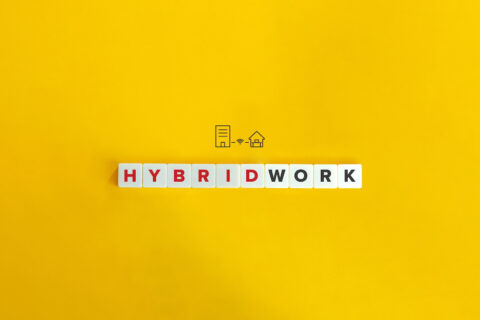
Business leaders know the advantages of a clearly defined company culture. Having a set of values and expectations can help guide your business toward the right goals and attract the perfect team to take you there.
But company culture encompasses more than illustrative attitudes and behaviors; it also includes the tangible. For your culture to truly take off, your work environment needs to reflect your employees and your company objectives.
Designing a More Authentic Workplace
The office has become a symbol of why your company exists, how it works, and what it does. It stimulates more than just the visual sense with modern furniture or art. Functionality has become the objective.
If your company lives and breathes innovation, for example, your office space should represent that purpose. While working in a temporary space, I realized the advantages of offering employees options and wanted to incorporate this flexibility into our permanent space. So, I chose to update our workspace to mirror our culture while giving employees the freedom to work where and how they please.
Since we focus on continuous improvement in everything we do, our new space had to truly enhance the experience for our team. Throughout this process, I discovered what elements make an innovative office design, boost productivity, and excite people to come to work. When redesigning your workplace, keep these four tips in mind:
-
Accommodate various work styles.
Diversity and functionality should be the foundation of your office innovation efforts. Consider how your employees work best, and offer a variety of workspace solutions that appeal to these needs. For instance, you might have some assigned desks while others remain “hot” (open to anyone).
You could also go a step further to provide standing options and furnish privacy booths and break rooms. Most importantly, diversify your workspace, and make sure to designate a communal activity hub and a welcoming space for clients and team events. This allows employees to choose the best location for their functional requirements and goals for the day.
Do the best you can to create a balanced workspace that promotes individual and collaborative work by providing flexible spaces and flexible hours. The result will benefit both you and your people. In fact, according to the Gensler 2013 U.S. Workplace Survey, employees in these environments see their companies as more innovative and enjoy higher job satisfaction. Plus, these workplaces are more effective overall.
-
Entice people to be there.
Your work environment should naturally draw employees — not force them — to come into the office and make collaborating with colleagues and clients more productive and fulfilling. If employees are planning to bury themselves in an intensive analysis or something better suited to a private environment, don’t force them to work in a loud, bustling office for the sake of face time.
If they would work better in the office, that’s great. But you should leave it up to their discretion. We use office attendance as a benchmark for our success in creating an inviting and productive work environment that meets employees’ needs.
© YFS Magazine. All Rights Reserved. Copying prohibited. All material is protected by U.S. and international copyright laws. Unauthorized reproduction or distribution of this material is prohibited. Sharing of this material under Attribution-NonCommercial-NoDerivatives 4.0 International terms, listed here, is permitted.










